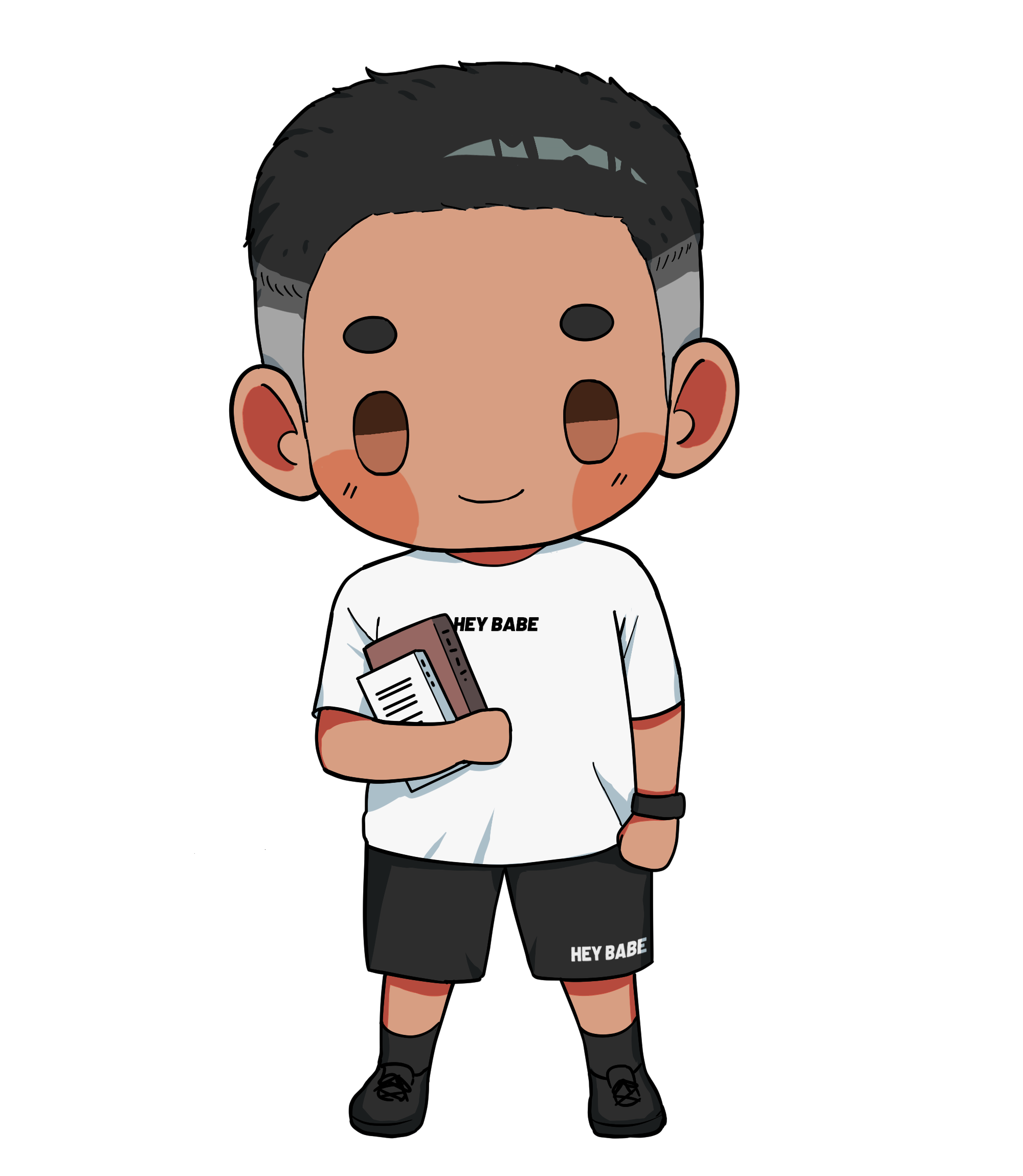🎙️ Expressing Emotions p1 - The Change Triangle
Script for a potential personal development podcast I was working on.
Podcast discussion points were based on the book 'It's Not Just Depression' by Hilary Hendel.
1. INTRO
OVERVIEW
We are jumping into the next episode.
Today is part of a mini-series talking about a book I’m currently reading called ‘It’s Not Always Depression’ by Hilary Jacobs Hendel. It’s about expressing your emotions. I’m only halfway through and I’m loving it. I have found it very practical in healing past traumas and provides a different perspective on anxiety and depression – mental states so prevalent in today’s society.
In today’s episode, I plan to provide a short overview of the book which includes the use of the 'Change Triangle' model. And in the following episodes, I talk about my own experiences in utilising this Change Triangle in discovering my emotions.
2. BODY
THE CHANGE TRIANGLE
So the book explores the Change Triangle.
Visually it is an upside-down triangle. At the bottom of the apex are (i) core emotions. Moving upward to the top-right corner are, (ii) inhibitory emotions and moving across to the top left corner are (iii) defences. The ultimate goal is staying at the bottom of the triangle at our core emotions.
Core emotions are hardwired automatic responses to our environments. Our core emotions manifest themselves in the body and they tell us what we want, what we need, what we like, and what we don’t like. They compel us to take action and serve as an adaptation response. The core emotions are fear, anger, sadness, disgust, joy, excitement, and sexual excitement.
Inhibitory emotions are a special set of emotions that block core emotions. These include anxiety, shame, and guilt. They keep us civilized so we can fit in our social circles. For example, sometimes we may feel anger towards a friend or college. Instead of yelling at them, guilt may block the anger.
Defences are a way to avoid emotions altogether. To prevent us from being overwhelmed by our emotions. There are several defences, but ones I use include procrastination, perfectionism, joking, sarcasm and overthinking.
All corners of the Change Triangle serve their purpose. There is no good or bad. But we know we need to move to the bottom of the triangle to express our core emotions. So we can move on, take action, and take responsibility for our lives. And not be crippled by procrastination, anxiety, or depression.
And when we can freely express our emotions, we become our authentic selves. In our authentic selves, we are calm, collected, and confident.
3. CONCLUSION
KEY MESSAGE - EMOTIONS TELL US SOMETHING
So that’s the change triangle in a nutshell, and my biggest takeaway is that emotions like anxiety or shame/depression are not inherently bad. They serve a purpose. They try to tell us something. What core emotions are we trying to block? And how can we validate and express them?
The book has been a real eye-opener in shedding light on human emotion. I highly recommend reading the book. And in the next episode, we will delve deeper and talk about my experiences in using the Change Triangle.
OUTRO
Thank you so much for listening. Keep growing. Stay cute. And I’ll see you in the next one.

